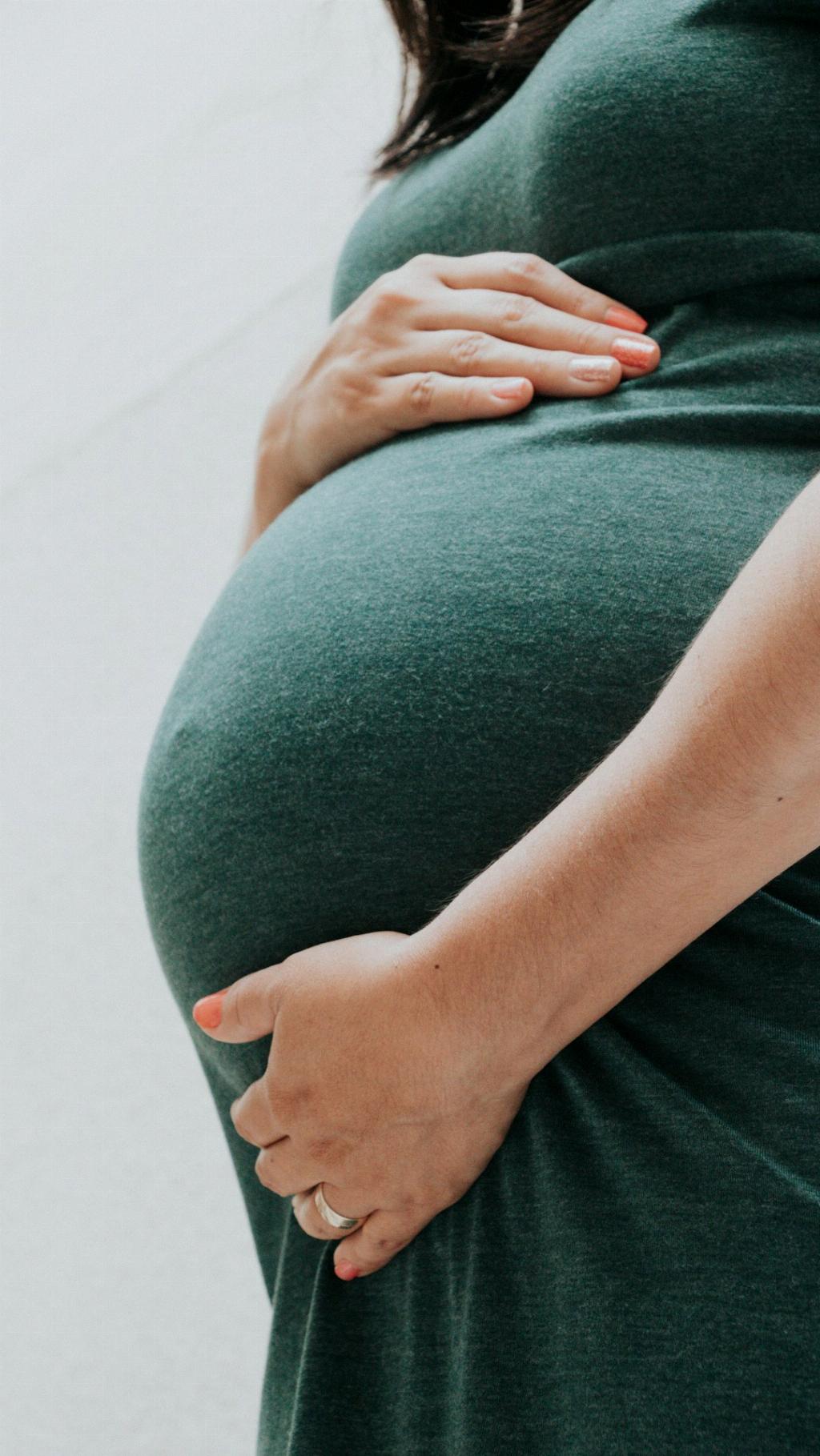When it comes to calculating your chances of getting pregnant, understanding your fertility and ovulation is key. Fertility refers to your ability to conceive a child, while ovulation is the release of an egg from your ovary into the fallopian tube, where it can be fertilized by sperm.
Tracking Your Menstrual Cycle
One of the first steps in calculating your chances of getting pregnant is to track your menstrual cycle. The average menstrual cycle is around 28 days, but it can vary from woman to woman. Ovulation typically occurs around the middle of your cycle, so knowing the length of your cycle can help determine when you are most fertile.
Identifying Your Fertile Window
Your fertile window is the time during your menstrual cycle when you are most likely to conceive. This window is typically around 6 days long, with the 5 days leading up to ovulation and the day of ovulation itself being the most fertile. Having sex during this time increases your chances of getting pregnant.
Using Ovulation Prediction Kits
Ovulation prediction kits are available over the counter and can help you pinpoint when you are ovulating by detecting hormonal changes in your urine. By using these kits, you can more accurately determine your fertile window and increase your chances of getting pregnant.
Monitoring Basal Body Temperature
Another method for tracking ovulation is by monitoring your basal body temperature. Your basal body temperature rises slightly after ovulation, so tracking this daily can help you identify when you are most fertile.
Considering Sperm Longevity
Sperm can survive in the female reproductive tract for up to 5 days, so having sex in the days leading up to ovulation can still result in pregnancy. Understanding sperm longevity can help you maximize your chances of conception.
Factors Affecting Fertility
It’s important to consider other factors that can affect fertility, such as age, overall health, stress levels, and underlying medical conditions. Maintaining a healthy lifestyle and addressing any potential fertility issues can improve your chances of getting pregnant.
Seeking Medical Advice
If you have been trying to conceive for an extended period without success, it may be beneficial to seek the advice of a healthcare provider or fertility specialist. They can perform tests to assess your fertility and offer guidance on increasing your chances of pregnancy.
Importance of Regular Intercourse
To maximize your chances of getting pregnant, it’s recommended to have regular intercourse throughout your menstrual cycle, especially during your fertile window. Consistent sexual activity increases the likelihood of sperm being present when the egg is released.
Staying Positive and Patient
Getting pregnant can be a journey that requires patience and persistence. It’s important to stay positive and not get discouraged if conception doesn’t happen right away. Many couples conceive within a year of trying, so maintaining a hopeful outlook is essential.
Considering Alternative Fertility Treatments
If you have been trying to conceive without success, there are alternative fertility treatments available, such as in vitro fertilization (IVF) or fertility medications. These options can help individuals with underlying fertility issues achieve pregnancy.
Conclusion
Calculating your chances of getting pregnant involves understanding your fertility, tracking your menstrual cycle, identifying your fertile window, and considering various factors that can impact conception. By utilizing methods such as ovulation prediction kits, monitoring basal body temperature, and maintaining a healthy lifestyle, you can increase your likelihood of achieving pregnancy. Remember to stay positive, seek medical advice if needed, and explore alternative fertility treatments if necessary.

